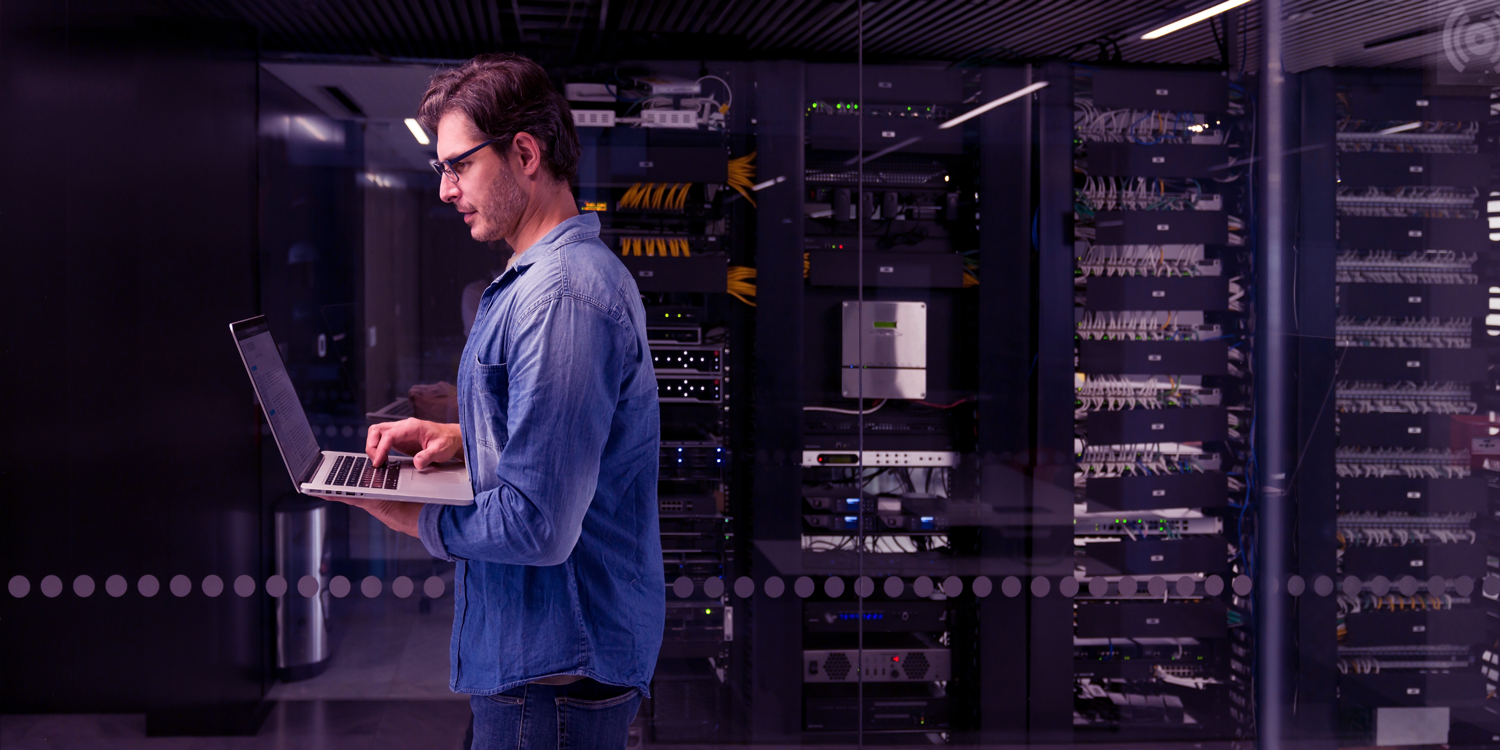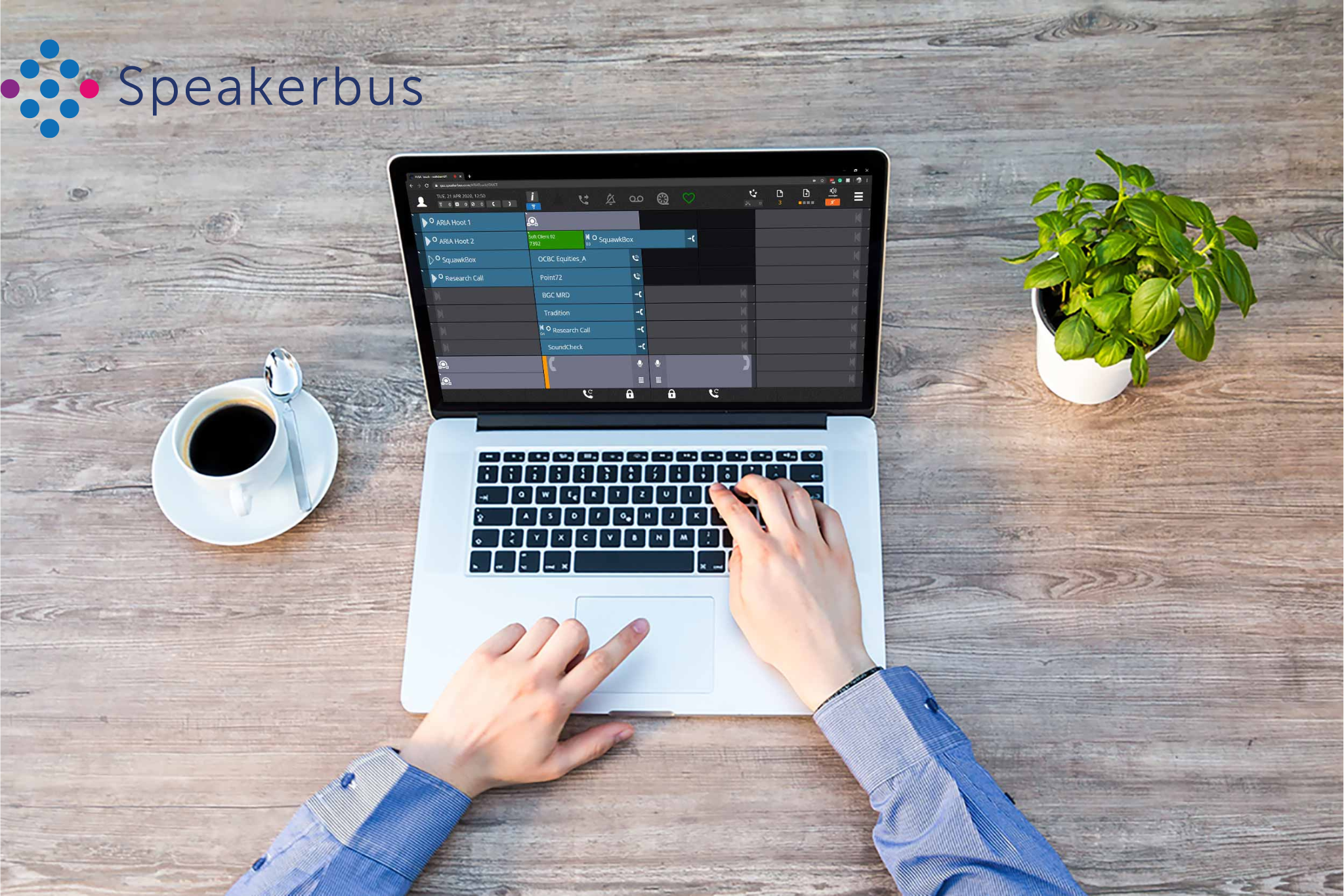
When the Cloud isn’t a Magic Bullet
As more vendors rush headfirst into cloud-only voice trading solutions, one thing is getting lost in the noise: not every trading business is built the same.
At Speakerbus, the future isn’t about forcing our clients into a single model - it’s about giving them the freedom to choose.
Whether on-premises, cloud, or hybrid, we offer solutions that support the best infrastructure for your business.
While the cloud offers many benefits, it’s not without drawbacks - especially in high-performance, highly regulated environments like trading floors.
The Flexibility of Cloud Comes with Trade-Offs
Here’s what many vendors don’t want to tell you:
🔒 Possible Security & Compliance Risks
In cloud deployments, sensitive financial data may be stored offsite or across borders. For firms under strict regulatory scrutiny, this can be a dealbreaker. You also depend on your cloud provider to maintain top-tier security—something that's out of your direct control.
⚙️ Less Control Over Your Environment
Using the cloud, you don't directly manage the infrastructure, which means less customisation, less transparency, and more reliance on your third-party to keep your mission-critical systems online. This is now especially important with EU regulations such as DORA.
🌐 Latency & Performance Limitations
Trading environments demand ultra-low latency and absolute reliability. A cloud deployment done wrong can introduce additional points of delay, failure, and performance limitations, which are not acceptable in high-stakes situations.
💸 Costs Can Spiral
Cloud pricing models may seem attractive, but the 'pay-as-you-go' approach can become more expensive than anticipated. This can be significant with usage scaling, call spikes, or cloud costs, which may rise over time. In addition, during a downturn, a cloud offering remains an on-going monthly expense, whereas with an on-premises platform allows the client to maximise the value of their existing installation.
🚫 Network Dependence
If your data connection goes down, your access does too. Redundancy can help but adds complexity and cost. Your cloud connection maybe a single point of failure which can often be overlooked.
🔄 Vendor Lock-In
Switching becomes expensive and time-consuming once you're committed to a cloud provider's tools and architecture. That kind of dependency can limit your agility in the long term.
That’s not to say Cloud is the wrong choice for every client
Cloud isn’t inherently the wrong choice—and for many firms, it delivers clear operational and strategic advantages.
That’s why we developed CADENCE, our cloud-ready solution, to address the challenges CTOs often face when moving mission-critical voice systems to the cloud. It’s already trusted by clients who value agility, scalability, and modern workflows.
In fact, our cloud SaaS solution, CADENCE, is already the premier choice for clients looking to deliver cloud-first strategies.
Balancing Risk: Why Hybrid and On-Premise Still Matter
However, for some organisations, the limitations of cloud still outweigh the benefits.
That’s where hybrid and on-premise deployments continue to provide real value.
For firms where latency, data sovereignty, or regulatory control are non-negotiable, operational risk can be outweighed by the cloud benefits.
In these cases, hybrid and on-premise deployments remain essential—delivering the reliability and governance today’s CTOs need to align IT strategy with business outcomes.
To help illustrate the differences between QORUS delivery options, here’s a simple table:
|
Feature / Benefit |
On-Premise |
Hybrid |
Cloud (CADENCE) |
|
Performance / Latency |
🔥 Ultra-low latency |
⚖️ Balanced performance |
🌐 Low-Latency. Dependent on network design & quality |
|
Control |
🛠️ Full infrastructure & data control |
🔄 Shared control between org & vendor |
☁️ Vendor-managed infrastructure |
|
Security & Compliance |
🔐 Highest level of on-site security |
🛡️ Flexible, with options to meet policies |
✅ Secure, but may raise sovereignty concerns |
|
Scalability |
📈 Hardware-based scaling |
⚙️ Scales with cloud resources + local backup |
🚀 Fast, easily scalable across regions |
|
Cost Structure |
💸 CapEx-heavy, predictable over time |
⚖️ Blended CapEx/OpEx |
💳 OpEx-based, variable costs |
|
Disaster Recovery |
🧯 Manual failover, local redundancies |
🧰 Built-in DR options across cloud & site |
🔁 Cloud-based failover & resilience |
|
User Access |
🧑💻 Onsite or via VPN |
🌍 Secure access across locations/devices |
🌍 Secure access options locations/devices |
|
Vendor Lock-In Risk |
🔓 Minimal |
⚠️ Moderate, depends on integration choices |
🔒 Higher risk due to cloud-specific tools and transition |
What about old EoL on-premise platforms?
Legacy trader voice platforms—such as IPC Alliance, Etrali Etradeal, BT ITS, Reuters or Siemens dealerboards—are reaching End of Life (EoL), End of Sale or End of Support (EoS), as such the risks of safely maintaining them are increasing sharply.
Support is disappearing, hardware is becoming unreliable, less secure, and even basic maintenance can become both costly and uncertain.
As old platforms are increasingly becoming unsupported, clients are forced to consider replacing.
Consider your Options
The requirement for service and maintenance support on “End of Life” (EoL) or “End of Support” (EoS) legacy trader voice (Etrali, IPC and BT) turret platforms are becoming a matter of urgency for many trading floors, as they rush to evaluate the business risk of relying on EoL systems and associated turrets or dealerboards.
Companies in the Financial Markets (investment banks, asset managers, brokers or hedge funds) are also considering what changes to their current systems are needed to stay compliant with regulations such as Markets in Financial Instruments Regulation (MiFIR) and the Markets in Financial Instruments Directive (MiFID II).
Businesses must also consider the disruption, risk and cost of replacing dealerboard systems.
Here’s a summary of EoL trader voice platforms:
| Vendor | System / Dealerboard |
| IPC Systems | IPC Tradenet MX system – Slimline turrets |
| IPC Tradenet MX 100 / 200 / 300 systems | |
| IPC Alliance MX systems – Slimline, IQMX, IQ/MAX, IQMicro & IQMini turrets | |
| Etrali Systems | Etradeal – Mach1, Mach2 & Mach3D turrets |
| Opentrade – Compact & Evolution turrets | |
| BT - British Telecom Group | BT ITS P31. BT ITS P41, BT ITS P51, BT ITS P107 systems, – pV405 turrets |
| Reuters | Reuters DK2000 systems – DWK turrets |
For Traders: It Just Needs to Work—Everywhere
Whether you’re at a trading desk, in a branch office, or working remotely, you expect the same tools, the same speed, and the same reliability, regardless of infrastructure.
That’s exactly what Speakerbus delivers:
- Consistent functionality across desktop, mobile, and virtual environments
- Low-latency performance that’s critical for real-time decision-making
- Flexible access without sacrificing security or stability
Conclusion: Futureproofing Starts with Flexibility
There's no room for compromise in a trading environment where speed, compliance, and resilience are non-negotiable.
While cloud is a powerful tool, it’s not a universal solution. With some vendors legacy on-premise platforms reaching end-of-life, the need for a strategic, flexible approach has never been more urgent.
At Speakerbus, we don’t force a single path - we offer a range of deployment options that meet your operational, regulatory, and business needs. Whether you're ready to embrace the cloud, need to maintain full on-prem control, or want a hybrid model tailored to your infrastructure and workflow, we’re here to help you navigate the transition without disruption.
Because in today’s markets, the real competitive edge isn’t just technology - it’s the freedom to choose how it works for you.
Let's Talk
Contact one of our local centres of excellence to arrange a personalised demonstration today and learn how our trader voice solutions can enhance your team collaboration.

